Storage often seems like the solution to the chaos that is a child’s bedroom, but simply filling a room with more boxes and crates isn’t the answer. Why? Because of the one other thing the storage has to share the room with – kids.
If there is one thing kids know how to do best it is un-store items. They are mess makers.
Whatever your grand scheme is for keeping a tidy house, kids are sure to undo all the good work in seconds. But if you combine better storage solutions with chaos-inhibiting strategies, then you’ll maximise the space in the kids’ room – and keep some of the mess at bay.
Storage solution #1: involve your child
Once the kids are older than three, ask them to help you choose the storage items and decide what will go where. If the kids take ownership both of the mess and, more importantly, the tidiness then you have a fighting chance to keep a room sorted. If they have helped find a place for everything in the first place they are far more likely to keep it up. You could even try asking the kids to paint pictures or signs to stick on the crates, and make an activity out of decorating their storage too
Storage solution #2: Make tidying fun
If you take a look at the way child care centres and schools keep things tidy, it’s all about incorporating packing up into a game or routine. At home, we never seem to be as successful as teachers at getting kids to put things away, but with cute kid-friendly storage bins around, you can ask the kids to ‘feed the toy box’ rather than tidy up. You could even try timing them every day to see if they get faster at it, or have one child compete against another to see who does it first.
Storage solution #3: use the KISS principle – keep it simple, stupid
One box for one type of toy. Keep stuffed toys together, lego bricks in another box and paints and pencils in yet another crate. This makes it easier when they decide to unpack it all! And more importantly easier for you when it comes to packing it all back up again as. You simply line up the boxes and throw everything back in again. This usually means lots of smaller boxes rather than one big one, but it’s worth it in the long run.
Storage solution #4: Use a child’s eye view
Get down to your child’s eye level to help him or her get organised. Look at your child’s space, storage, furniture and possessions from their vantage point. Is the chest of drawers easy for them to open, is the hanging space in the wardrobe out of their reach? To organise a child’s room well, the solutions need to fit the child – so young kids might be better without any doors on a wardrobe, lower-level clothing rods, open floor-level containers for toys and open plastic baskets to store socks and underwear.
Storage solution #5: Teach the child organisation skills
Resist the urge to wade into the mess with gritted teeth and threats of “You will keep this room clean!” Instead, look at the organisation process as a learning activity and with the parent as a guide, ask them to survey what’s working, what’s not, what’s important to the child, what’s causing the problems, and what the benefits of being more organised will be. At least you will construct a system that makes sense to him or her. If they’re involved in the effort, children are better able to understand the logic and maintain the new, organised room.
Storage solution #6: Sort, store and simplify as you go
Before you invest in new storage systems, make sure you streamline the room first. Begin with clothing: sort it out! Store out-of-season or outgrown clothing elsewhere. Finally, simplify! Does your son really wear all those t-shirts crowding his drawer? Remove the extras so the remainder can stay neat and orderly in the available space. For younger children, a toy library is the answer to over-abundant toys. Using a large lidded plastic storage container, large box or even plastic garbage bag, entrust a selection of toys to the ‘toy library.’ Store the container in an out-of-the way place for several months. Some rainy day, bring out the toy library, swapping the stored toys for new stuff. The stored toys will have regained their interest and freshness–and they won’t have been underfoot in the child’s room. Older kids can utilise shelves to ‘store’ some of their belongings. Clear plastic shoebox storage containers hold little pieces and identify the contents.
Storage solution #7: Contain, corral and control
Toy boxes and open shelves are no place to store children’s possessions, particularly those involving many tiny parts. To organise toys, think “contain, corral and control.” Contain toys and other belongings before you store. Use plastic shoebox containers for smaller toys, larger lidded bins for blocks, trucks and cars, light-weight cardboard records boxes for stuffed animals. Use specialty organisers to corral magazines and comic books, video games, or DVDs. The bonus of separate containers is that parents control the number of toys out at any one time: “You can play with the farm set, just as soon as the barbie dolls go back into their home!”
Storage solution #8: Make it easier to put away but tricky to get out
The premier rule for efficient children’s storage? Make it easier to put something away than it is to get it out. For example, store picture books as a flip-file, standing upright in a plastic crate. The child flips through the books, makes a selection and tosses the book in the front of the crate when he’s done. Compare a traditional bookcase, where little fingers can pull down a whole shelf faster than they can replace one book. Build the effort into the getting out, not the putting away.Befitting a child’s shorter stature, start organising from the bottom of the room, and work to the top. Most used toys and belongings should live on lower shelves, in lower drawers, or on the floor. Higher levels are designated for less-frequently-used possessions.
Storage solution #9: Label, label, label
When it comes to keeping kids’ rooms organised, labelling will be your hero! Use a computer printer to make simple graphic labels for young children that can’t read. Pictures of socks, shirts, dolls or blocks help remind the child where these items belong. Enhance reading skills for older children by using large-type word labels. Slap labels everywhere: inside and outside of drawers, on shelf edges and on the plastic shoebox storage containers that belong there, on boxes and bookcases and filing cubes. Playing match the label can be fun–and turns toy pickup into a game.
Storage solution #10: Make maintenance a mantra
The adult approach to room cleaning can vex and frustrate children. Their room is clean, they play, and suddenly, their room is back to messy normal. Help children stop the cycle by building maintenance routines into the family’s day, with their own Tidy Time to put toys away and clean up clothes. Don’t tidy without them seeing you do it – this gives the impression that magic fairies are responsible for organisation rather than them!

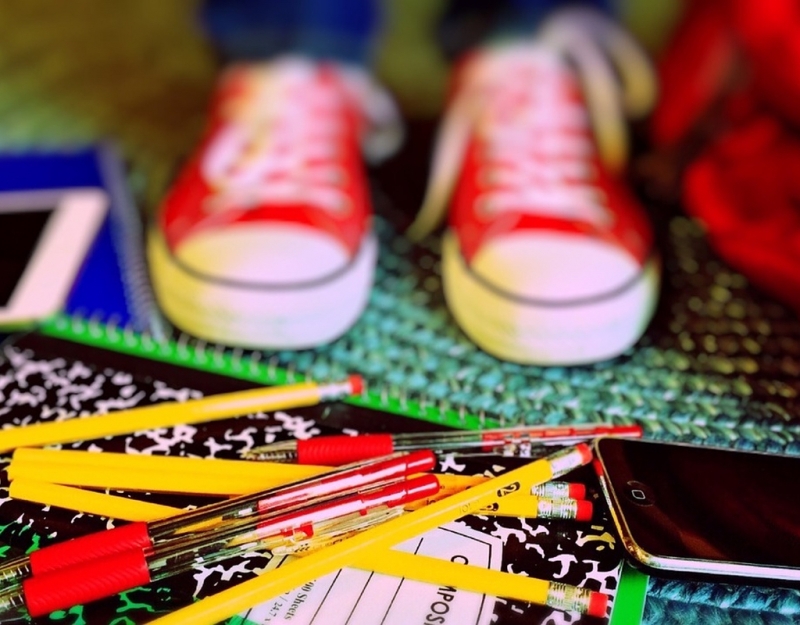
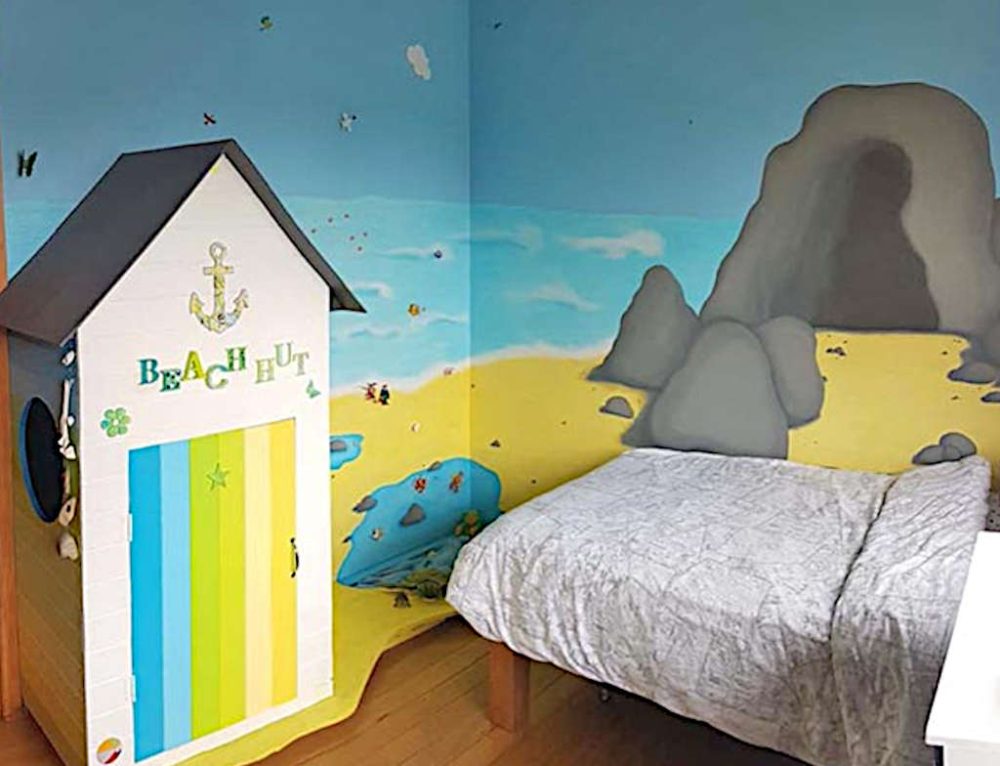

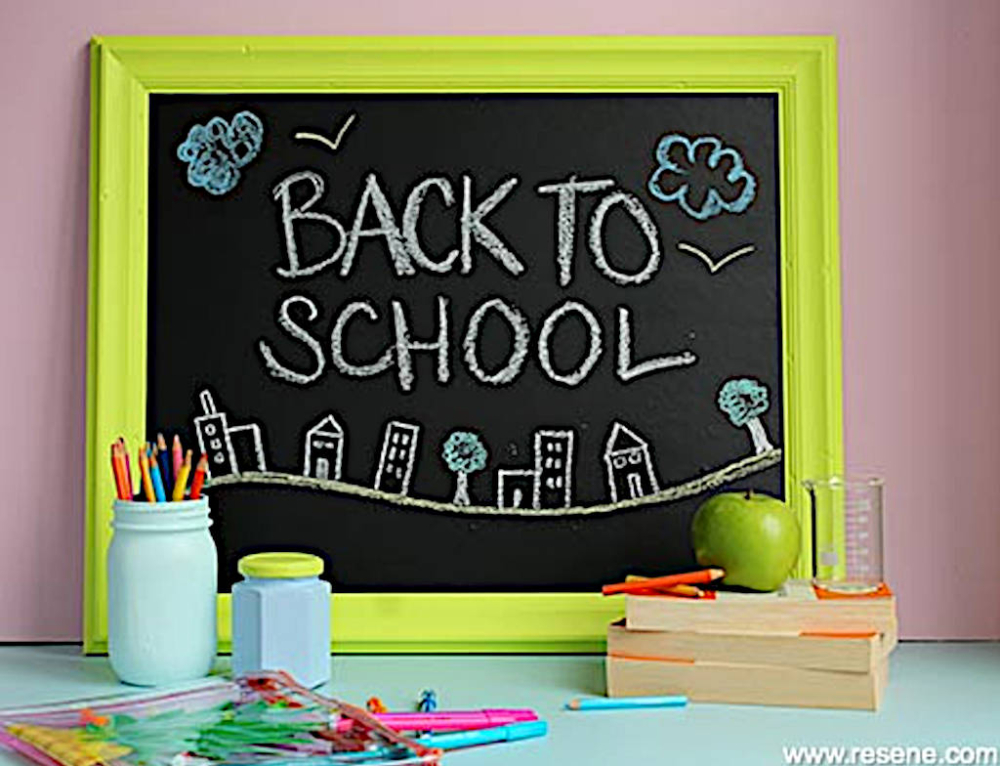
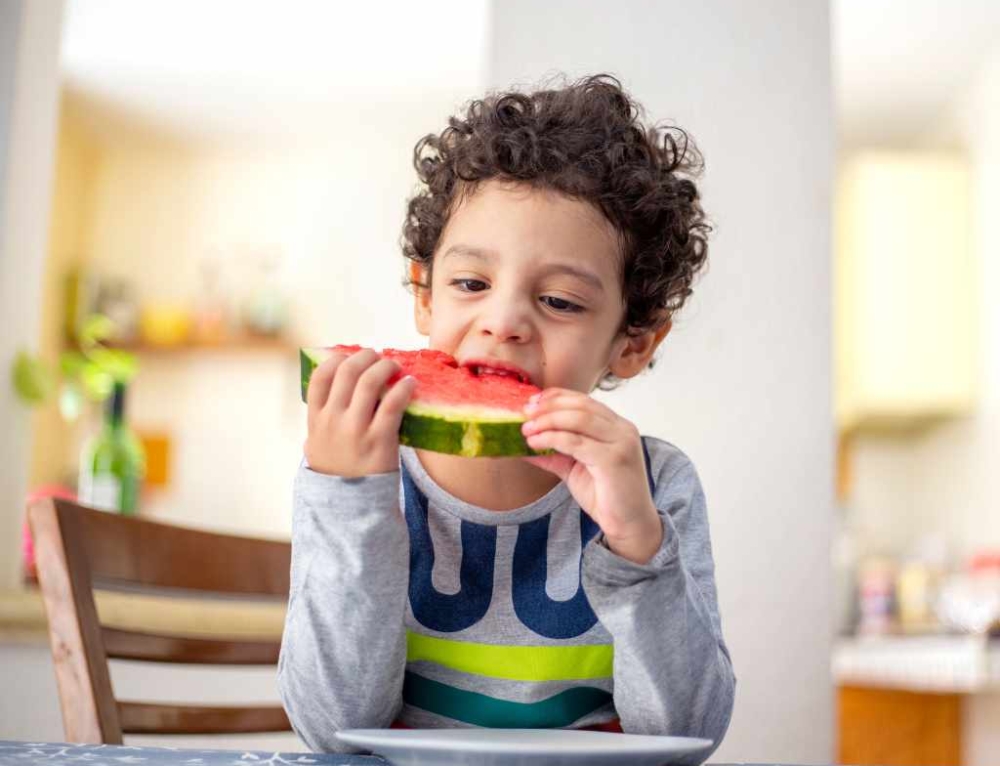
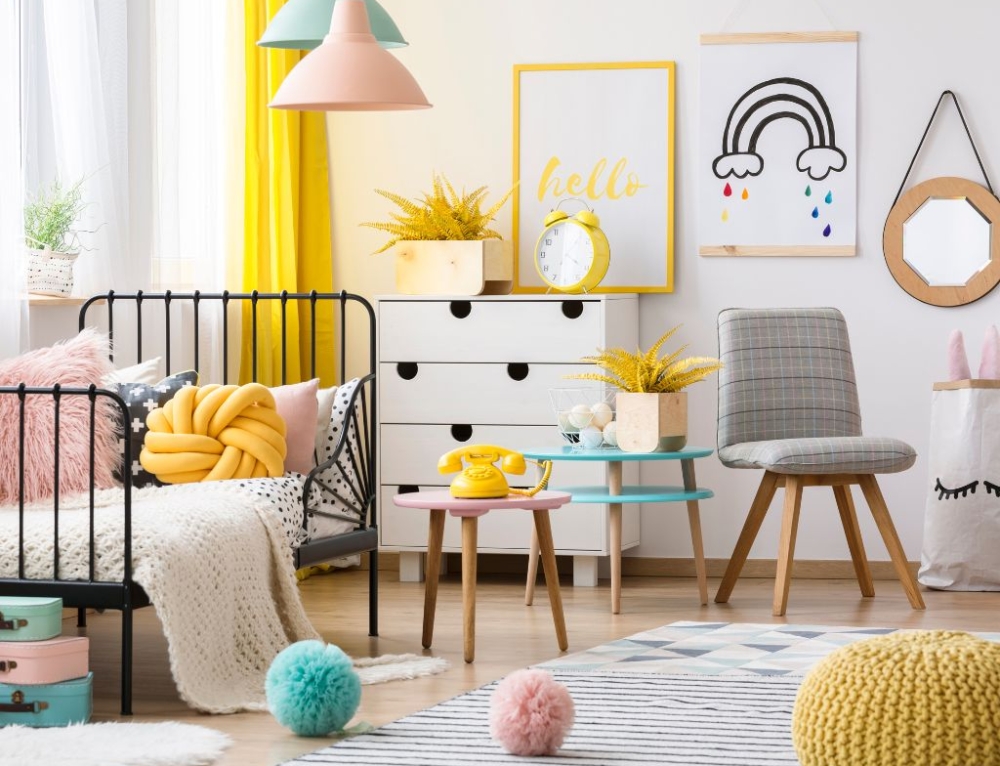
Leave A Comment
You must be logged in to post a comment.